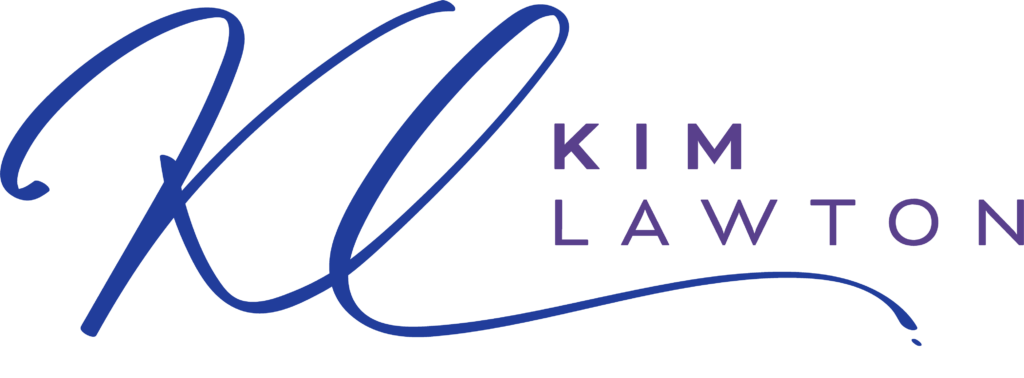The advertising of alcohol can help you push your products to consumers while simultaneously building up a positive association with your brand. Whether you opt for more traditional advertising strategies like TV commercials and print ads or more modern ones like influencer marketing and social media ads, your company can benefit from developing a creative marketing strategy that stands out from the competition.
In this blog, we will discuss what you should know about advertising in the Beverage Alcohol Industry; this includes Beer, Wine, and Spirits. The advertising of alcohol has been around for many years. Whether advertising alcohol for its medicinal purposes in the sixteenth century the modern beer commercials, we’re familiar with it today.
Like with any product, marketing and advertising is a great way to promote your product, generate sales, and build an audience. However, there are several rules and regulations to adhere to when it comes to the marketing operations and advertising of alcohol.
If you’re a brand looking to develop marketing and advertising strategies for an alcoholic beverage or simply just a consumer looking for a better understanding of how the industry works, this blog will tell you everything you need to know.
Table of Contents
History of the Alcohol Industry
Marketing and Advertising Strategies in the Alcohol Industry
#2. Billboards and Outdoor Advertising
#6. Sponsorship and Event Marketing
Regulating the Advertising of Alcohol
Positive Effects of the Advertising of Alcohol
#3. Positive Brand Association
Negative Effects of the Advertising of Alcohol
#1. Encourages Underage Drinking
#2. Normalizes Excessive Drinking
#3. Increases Risk of Alcohol Abuse and Addiction
History of the Alcohol Industry
Alcohol has been around for thousands of years, with there being evidence of fermented beverages dating back to as early as 7000 B.C. In the sixteenth century, alcohol was widely used for medicinal purposes, like treating colds and fevers.
Things changed in the nineteenth century when the temperance movement came about, eventually leading to the prohibition when the U.S. enacted the 21st Amendment prohibiting the manufacture, sale, import, and export of alcohol in 1920. The prohibition eventually ended when the 21st Amendment was ratified in 1933, making alcohol sale, consumption, and manufacturing legal again.
The alcohol industry has had a series of ups and downs over the years, but it’s hard to deny its magnitude. Today, the alcohol market amounts to $283.80 billion in 2023 alone and is expected to grow annually by 5.55%.
It’s a massive industry that is continuously growing and evolving. Today, there is more to the alcoholic beverage industry than just beer, wine, and other distilled spirits. Seltzers, sugar-free drinks, and beverages labeled with statements like “made with natural ingredients” are all trending and growing quickly in the industry.
In today’s alcohol industry, several key players dominate the landscape and have a major impact on what’s on the shelves at your local grocery store. For example, Anheuser-Busch owns a portfolio of more than 400 beer brands — like Corona and Bud Light — making it one of the largest global beverage companies. Other major players include Bacardi Limited PLC and Diageo PLC, which owns brands like Guinness and Smirnoff.
Marketing and Advertising Strategies in the Alcohol Industry
Because several large companies dominate the industry, the advertising of alcohol is a necessity if you want to get your brand in front of the right people and drive sales.
When it comes to the advertising of alcohol, you can deploy a lot of traditional marketing strategies that other industries also focus on, like SEO practices. Some of the key ways to advertise in the alcohol industry include:
- TV, Radio, and Podcasts
- Billboards and Outdoor Advertising
- Print Ads
- Digital Advertising
- Influencer Marketing
- Sponsorship and Event Marketing
#1. TV, Radio, and Podcasts
TV and radio commercials are two of the most traditional forms of advertising. Radio ads may seem a bit outdated, but internet radio, like Sirius XM and Pandora, as well as podcasts, have the potential to reach a large audience.
Podcasts are extremely popular and have taken precedence over the radio in a lot of cases. On average, more than 50% of podcast listeners consume nine episodes a week. Depending on the length, most episodes have at least two ads. This presents your company with several opportunities to reach customers.
The advertising of alcohol has occurred in TV commercials for decades, specifically with beer and wine, as liquor advertising was banned until the mid-90s. There will be 5.45 billion TV viewers worldwide in 2023, which could result in a lot of traction for your advertisements if you’re using commercials.
TV commercials are valuable because they can be tailored for a specific region. For example, let’s say your company creates gluten-free hard seltzers, and through market research, you find there’s a particular area in California that is heavily invested in the gluten-free hard seltzer market. Knowing this, you can push your commercials to people in that area, as they’re more likely to buy your products because they have already expressed interest.
#2. Billboards and Outdoor Advertising
Outdoor billboard advertising is one of the most widely used forms of advertising. Research shows that 71% of in-car passengers look at the messages printed on billboards when they pass by.
Billboards work because they are strategically placed in high-traffic areas, like along busy highways or throughout cities, so a high volume of drivers and pedestrians see the ads. Because of this strategy, billboard advertising often garners more impressions than other marketing tactics.
Billboard advertising is also vast, as there are several different types of billboards to choose from to promote your product in the most creative way possible. There are classic billboards, three-dimensional billboards, and digital billboards made with LED. There are also mobile billboards, which are placed on top of moving vehicles and are often deployed at special events with a large audience present.
#3. Print Ads
Print advertising is another classic marketing strategy. It was once all the rage and was seen in magazines, newspapers, brochures, and packaging for other products — virtually anything an ad could be printed on.
Print advertising died off when the world started to digitize, especially when print media like newspapers shifted to being more digitally focused in the 2010s. However, print ads can still be useful today, even though the world is the most digitally focused it ever has been.
Not everyone has an online presence, which means the best way to reach them is still via print advertising. Print ads can also provide consumers with something tangible that digital ads cannot. For example, you could mail info cards about a new product you’re launching to households in a specific area, so when they get their mail, they’ll be seeing and holding your ad. This is advertising in a more direct way that digital ads often lack.
#4. Digital Advertising
Digital advertising is huge in today’s marketing landscape. From website ads and SEO tactics to social media and email marketing, there are countless ways to reach consumers online.
Companies can use social media marketing tools to deploy ads to specific people at specific times based on demographics they’ve gathered and then track the ad’s performance to see how many people are viewing and interacting with it.
Social media is also far more relaxed than other traditional advertising avenues, so companies can get creative, create accounts for their brand and develop a persona, and engage with customers in ways that aren’t possible with other forms of advertising.
Email marketing is another big piece of digital advertising. It’s a type of direct marketing that sends emails to customers to share news about new products and promotional codes and keeps your customers engaged with your brand. Email marketing can be personalized and targeted for individual customers to build relationships and can also be used to drive traffic to your website.
#5. Influencer Marketing
Influencer marketing is one of the newest forms of advertising, and it can be useful in the advertising of alcohol. It’s when a brand collaborates with an online influencer to market its products or services. If you’re on social media like TikTok and Instagram, you’ve likely seen it sponsored posts from influencers promoting a variety of products brands are paying them to sell.
Influencers are experts at connecting with their audience and have built up strong, trusting relationships with them. So, if a popular influencer is promoting your new beer, their audience is likely to go out and buy it because they trust the influencer’s recommendation.
There are also alcohol influencers who have built their online presence around the alcohol industry, whether they’re manufacturers, educators, or just love to sample different spirits. Since they’ve positioned themselves as experts in the field, partnering with them could get your products in the hands of a different customer sector you may not have reached otherwise.
#6. Sponsorship and Event Marketing
Sponsorship and event marketing can get your brand and products in front of many potential customers all at one time. It can allow customers to interact with your brand directly and even introduce your products to new customers who haven’t heard of your company.
This type of advertising happens a lot at sporting events and music festivals. For example, Anheuser-Busch has had a partnership with the NFL since 2011, making Bud Light the official beer of the NFL, and music festivals like Coachella also have sponsorships from the alcohol industry, including brands like Absolut and Aperol.
Event sponsorship can come in different shapes and sizes, like sponsored lounges, food and drinks, or installations and digital experiences at the event.
Product placement is another similar way to integrate your brand and products into things your consumers will see and interact with, like TV, movies, and music videos. It works by showcasing a product or service — typically one that makes sense for the audience engaging with the material. Product placement is a strong embedded marketing strategy that can increase brand visibility and strengthen positive brand awareness in a relatively cost-effective way.
Regulating the Advertising of Alcohol
Advertisements are everywhere you turn and include ads for alcohol. Because of this, there are several regulations in place when it comes to the advertising of alcohol.
One such regulation is the Federal Alcohol Administration Act or FAA Act. The FAA Act allows the Alcohol and Tobacco Tax and Trade Bureau to regulate those involved in the alcohol industry and protect its consumers. Some of the Act’s regulations include:
- Requiring a permit for those who produce, import, or sell alcoholic beverages.
- Ensuring the labeling and advertising of alcoholic beverages provide adequate information for the consumer as it pertains to the identity and quality of products.
- Preventing misleading labeling or advertising.
One of the goals of restrictions on the advertising of alcohol is to reduce rates of underage drinking. These regulations can come at the federal and state level, as well as from local ordinances like prohibiting alcohol sponsorships at community events and limiting the number of billboards advertising alcohol in a specific area. The alcohol industry can also self-regulate when it comes to marketing and advertising practices.
In addition to self-regulation and government bodies enforcing regulations, social media sites that are home to a lot of these alcohol ads have policies and restrictions of their own to protect minors and general consumers.
Positive Effects of the Advertising of Alcohol
If you adhere to industry regulations, know your audience, and create a thought-out, creative campaign, the advertising of alcohol has several positive effects, including:
- Increased Brand Awareness
- Increased Sales
- Positive Brand Association
#1. Increased Brand Awareness
Creating an effective marketing campaign is a great way to boost brand awareness. Your advertisements can help you connect with customers and teach them about your brand, like your history and what your brand stands for.
The best part is you can use those ads to engage with your existing customer base but also to connect with new customers who may be new to your brand. If you want to reach people and show them your brand exists, advertising your products is a must.
#2. Increased Sales
Advertising is a surefire way to increase sales, especially if you have well-developed marketing and advertising strategies.
If you have a creative, engaging advertising campaign where you show a deep understanding of your customers, engage with them, take advantage of social media trends and hashtags, and differentiate yourself from competitors, you’ll be more likely to see success from your advertising campaigns — which means more sales.
#3. Positive Brand Association
The advertising of alcohol can also help build positive brand awareness. By developing a brand persona and presence online and engaging with your audience, you can create a positive image of your company that customers will associate your products with.
This positive association can also come from engaging with events and activities through practices like sponsorships and product placements.
Negative Effects of the Advertising of Alcohol
Because of the nature of alcohol, it’s important to be aware of the potential negative effects of the advertising of alcohol, including:
- Encourages Underage Drinking
- Normalizes Excessive Drinking
- Increases Risk of Alcohol Abuse and Addiction
#1. Encourages Underage Drinking
Exposure to the advertising of alcohol could lead to underage drinking. When minors are regularly exposed to the advertising of alcohol, it could accelerate early alcohol use and even normalize it by shaping youth’s attitudes toward alcohol.
For example, the advertising of alcohol can sometimes seem glamorized, as if you’re not cool if you’re not drinking, and these messages stand out to youth and can influence them to consider underage drinking, not understanding the consequences.
#2. Normalizes Excessive Drinking
The advertising of alcohol also has the potential to normalize excessive drinking by constantly pushing advertisements for alcoholic beverages to consumers.
The advertising of alcohol also encourages people that they need to drink. You must have wine with dinner; you need to get beers for the football game; you must buy these new summer cocktails for the pool — these advertisements can convince consumers that they need to drink more, which can perpetuate harmful behavior.
#3. Increases Risk of Alcohol Abuse and Addiction
Because the advertising of alcohol has the power to increase alcohol sales and normalize excessive drinking, it could increase the risk of alcohol abuse and addiction.
These ads could also impact those in recovery from alcohol addiction. Regularly seeing ads could induce cravings and the urge to drink, especially when the advertisements present alcohol in a positive light.
Conclusion
If you’re in the industry, the advertising of alcohol can work wonders for your brand, like increasing sales and brand awareness, whether you’re using traditional marketing approaches like print ads or TV commercials or more modern strategies like influencer and email marketing.
However, there are several rules and regulations to follow when it comes to the advertising of alcohol. It’s important that your company act responsibly when advertising alcohol to protect the consumers you’re trying to advertise to.





